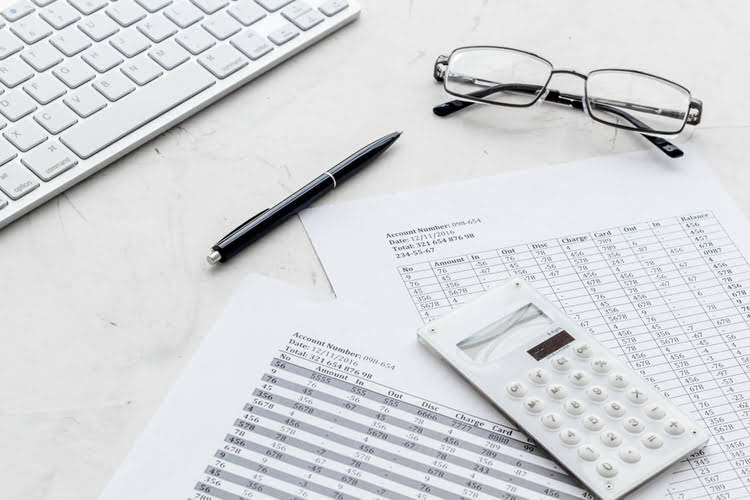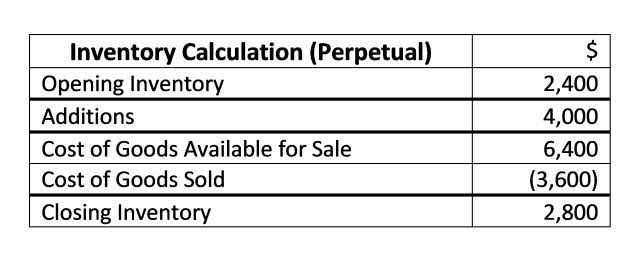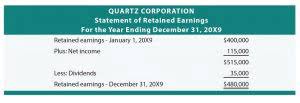
The net of the asset and its related contra asset account is referred to as the asset’s book value or carrying value. The balance sheet reports the assets, liabilities, and owner’s (stockholders’) equity at a specific point in time, such as December 31. The balance sheet is also referred to as the Statement of Financial Position. This would include long term assets such as buildings and equipment used by a company. Plant assets (other than land) will be depreciated over their useful lives.
- You should consider our materials to be an introduction to selected accounting and bookkeeping topics (with complexities likely omitted).
- The controller or CFO must ensure that the asset and any related accumulated depreciation are completely eliminated from the balance sheet through this journal entry.
- It’s also important to understand the difference between depreciation rate and annual depreciation expense.
- In total the amount of depreciation over the life of the asset will be the same as straight-line depreciation.
- When a fixed asset is acquired by a company, it is recorded at cost (generally, cost is equal to the purchase price of the asset).
Depreciation Journal Entry Example

To amplify this step, assume that a retailer had recorded depreciation on its fleet of delivery trucks up to December 31. Three weeks later (on January 21), the company sells one of its older delivery trucks. The first step for the retailer is to record the depreciation for the three weeks that the truck was used in January. Depreciation expense is recorded to allocate costs to the periods in which an asset is used. Depreciation is recorded by debiting Depreciation Expense and crediting Accumulated Depreciation. This is recorded at the end of the period (usually, at the end of every month, quarter, or year).
Common Methods for Calculating Depreciation
Under this method, the cost of the asset is divided by the estimated number of units it will produce over its useful life. The depreciation expense for a period is then calculated by multiplying the number of units produced during the period by the depreciation rate per unit. Depreciation is a fundamental accounting concept that allocates the cost of tangible assets over their useful lives.
Credit Cloud
Every time you make a depreciation entry, you add to the accrued depreciation account. Accrued depreciation helps lower the book value of your assets on the balance sheet. The book value is the value of the asset after all the depreciation has been accounted for.

A loss on disposal will reduce net income, while a gain on disposal will increase it. Financial reporting must clearly disclose the nature of these gains or losses for accurate interpretation of a company’s financial health. Understanding how to record these transactions is essential for accountants as they provide a historical record and accountability. Assets lose value as they age, and depreciation entries spread this cost over the useful life of an asset. When an asset is sold or becomes unusable, it is either written off or its residual value is salvaged. Each scenario requires specific journal entries to maintain accuracy in financial reporting, and failure to execute these properly can lead to significant discrepancies in financial reporting.
- By this, the company gets to know the total depreciation expense charged by the company on its assets since its purchase, thereby helping the concerned person keep track of the same.
- The period over which an asset is depreciated depends on the asset’s class life.
- Failure to properly account for depreciation can result in overstatement of profits and understatement of tax liabilities.
- The depreciation is calculated and recorded as an expense in the profit or loss statement.
- A depreciation journal entry is important because it helps businesses adhere to the matching principle and the accounting standards.
Step 2: Choose a Depreciation Method

Fixed assets are an important component for any growing business, as they have long-term value and help generate income over time. The accounting treatment for these assets, however, can be slightly confusing. Physical assets are subject to depreciation to accurately ascertain their effect on the expenses and the revenue generated by a company. It is presented in the balance sheet as a deduction to the related fixed asset. Here’s a table illustrating the computation of the carrying value of the delivery van for Airbnb Accounting and Bookkeeping each year of its useful life. On the balance sheet, the asset’s original cost is shown, less the accumulated depreciation, resulting in the net book value (or carrying value).


Each method has its advantages and disadvantages, and the company should choose the method that best suits its needs. There are various methods of calculating depreciation, each with its own set of advantages and disadvantages. The choice of method will depend on the nature of the asset, its expected useful life, and the company’s accounting policies. Depreciation is a method used in accounting to allocate the cost of QuickBooks an asset over its useful life.
- The depreciation expense comes up on the income statement, and the accumulated depreciation is reflected on the balance sheet.
- The IRS has established specific rules for determining the class life of assets.
- Depreciation affects the value of an asset gradually, representing wear and tear, while sales and write-offs are events that can have immediate and significant impacts on the company’s accounts.
- Over the equipment’s useful life, the business estimates that the equipment will produce 5,000 valuable items.
- This mistake leads to overstating the value of assets on the balance sheet, making it look like your company still owns assets it doesn’t.
There are different types of depreciation methods that businesses can use, and each has its own advantages and disadvantages. The “declining-balance” refers to the asset’s book value or carrying value (the asset’s cost minus its the entry to record depreciation expense accumulated depreciation). Recall that the asset’s book value declines each time that depreciation is credited to the related contra asset account Accumulated Depreciation. A depreciation journal entry records the decrease in an asset’s value over time.